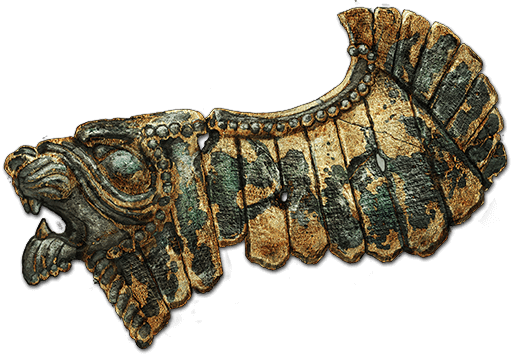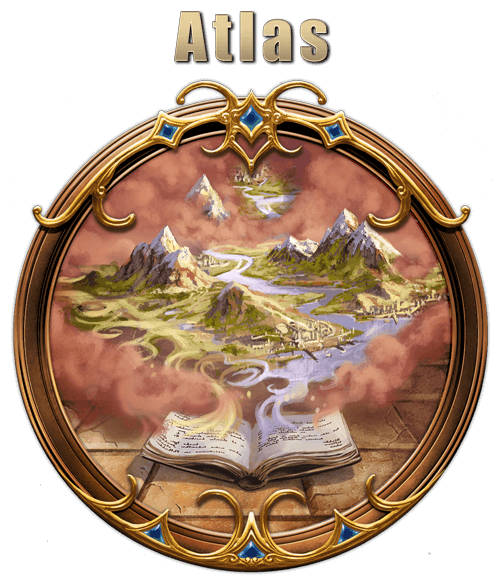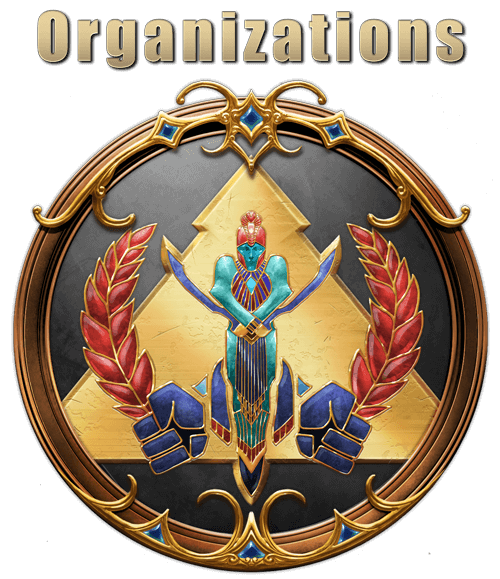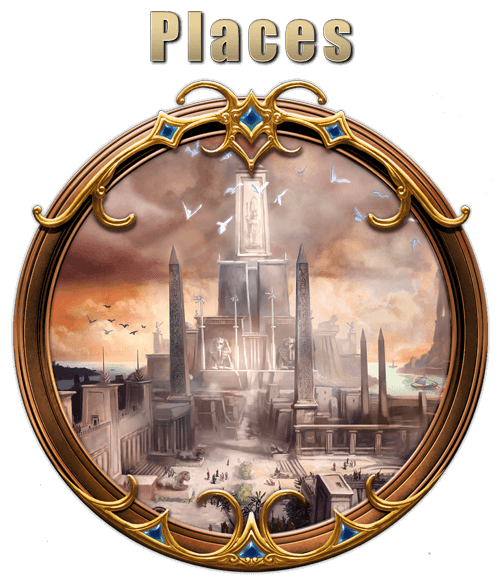I M P E R I A L M I L I T A R Y
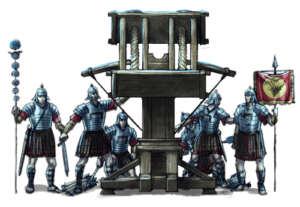
Broadly speaking, there are two types of militaries throughout Chaldea. First is the Imperial Army, which is comprised of twenty Imperial legions stationed throughout the empire, each with a chain of command structure reporting directly to Emperor Kordaava. Then there are regional armies that vary from kingdom to kingdom and are primarily loyal to their respective governments.
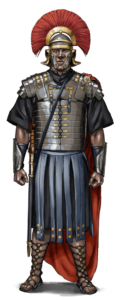
Organization
The Imperial Army is organized into twenty legions deployed across the empire in vital areas in order to support and maintain peace and security.
At full strength, an individual legion is approximately 5,500 fighting men organized into ten cohorts, each commanded by a legate (a.k.a. legatus). The senior officers are referred to as tribuni collectively (singularly, each is a tribune). Depending upon the terrain, a varying percentage will be cavalry but most will be infantry foot soldiers.
A cohort is 500 men commanded by a senior centurion. Cohorts are organized into six centuries of 80 to 100 men each, the exception being the First Cohort of the legion, which has 1,000 men organized into twelve centuries. Each century is commanded by a centurion.
Castrums
A castrum is a legion headquarters, usually the largest and most influential fortress in the region.
When Marcosta Kordaava built his legion army and took over the various kingdoms around Chaldea, he found most of the regional fortresses woefully inadequate and in disrepair—not at all up to the high Imperial standards he envisioned for his world empire. Many of the larger fortresses had the size and capacity required to manage a legion but were built in non-strategic locations. During the Dark Times, when kingdoms were independent and fighting each other, border wars were frequent and bloody; thus, kingdoms built fortresses to protect themselves against hostile neighbors and outside incursions regardless of where attacks might come from, but those fortresses were not built with any consideration for a greater empire to come.
Under Kordaava’s rule, there would be peace across the sea and land. Heavy political pressure backed by military force would keep blood feuds and border skirmishes to a minimum. In practice, all the kingdoms of Chaldea would be a part of a singular and undivided empire.
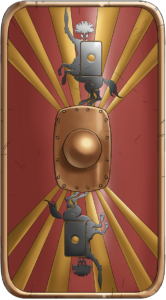
To keep this peace, Emperor Kordaava ordered legions and regional command centers strategically pointed inward as a direct threat to dissuade civil unrest. By default, castrums were erected inside capital city centers near key government offices and within easy reach of the most prominent palaces or estates of the nobility. The implications and likely consequences went without saying.
In nearly every case, the Kordavan military cleared key areas of the capital of a recently conquered kingdom and built a castrum to house the local legion garrison. This would be a military fortress of at least type IV, but often a type V, and even a type VI for particularly important kingdoms like Aimilleuse or Perrin.
New castras were built and organized according to the emperor’s preferred methods of fighting and deployment. Outside each castra, a community of local merchants operating bars, inns, restaurants, and houses of prostitution would launch their businesses to service the legion.
From these legion headquarters, the legion legate commands several auxiliaries (smaller military units) stationed throughout the kingdom at strategic locations. For the auxiliaries, the Imperial military is much more likely to find a local castle, fortress, or even a fortified manor to serve as the auxiliary’s castellum.
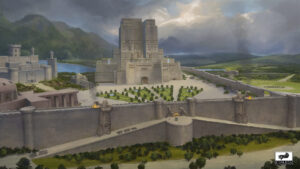
Legion commanders (legati) are almost always of a different nationality than the nationality of the kingdom where they are stationed. Under strict military code, they are so ordered to not overly fraternize with the locals. By this means, Emperor Kordaava could keep his legati from becoming too friendly with the local citizenry in case the capital needed to be sacked or the royal family put to the sword.
The exception to this rule seems to be Governor Gustavus of Hesse and his son, Legatus Reiswitz von Gustavus. The von Gustavus family are
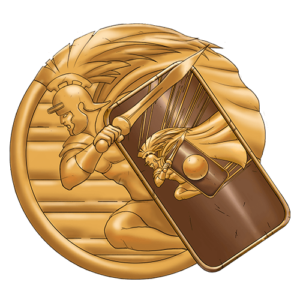
Hessen and based in Augstat, the capital of Hesse. Yet another sign of the emperor’s favored impression of his old family friend.
The Imperial Legions
Each legion is listed with their legion number (or “Imperial Guard” for the guard legion), the rallying slogan of the legion, its kingdom of station, the location of its castrum headquarters, and additional deployment information.
EMBLEM
UNIT
MONIKER
KINGDOM
CASTRUM
COMMANDER

C H A L D E A P E D I A

